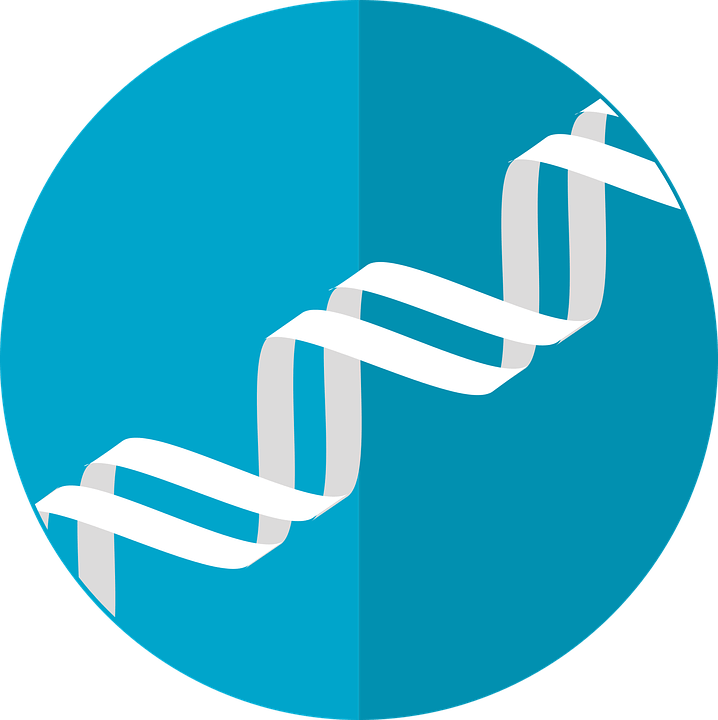
Our genomes contain millions of mutations, which makes it vital for healthcare professionals to isolate these genetic anomalies as they attempt to find new treatments for serious diseases such as cancer. Global managing director, healthcare & life sciences at a US-based software company Cloudera Abbas Mooraj discusses how data analytics plays a huge role in spotting the needle in the haystack of data, and how it’s possible to leverage this data for predictive healthcare, improved patient diagnosis and personalised treatment.
Going about our daily lives we might feel healthy and strong, but could our bodies be hiding a deadly secret written in the very core of our being?
Delving beyond the outward appearance of well-being, new technology and AI-powered diagnostics are increasingly able to plunder a wealth of genetic data to prevent and treat disease long before symptoms ever betray its existence.
This is exemplified by the many discoveries involving disease risk prediction from precision genome sequencing before symptoms onset — often providing actionable information about ‘patients’ while they’re still healthy and strong.
According to the US research programme All of Us, part of the National Institutes of Health, precision medicine is an emerging approach for disease treatment and prevention that takes into account individual variability in genes, environment and lifestyle for each person.
Global managing director, healthcare & life sciences at US-based software company Cloudera Abbas Mooraj said: “Unfortunately, early signs can be difficult to spot with the human eye, and when it comes to prevention, time is of the essence.
“Data analytics in healthcare can help fill in these gaps by diligently mining as many sources of patient data as possible to separate the wheat from the chaff and identify early genetic markers of diseases.
“By using this data to power AI engines, doctors can also predict and track the evolution of emerging medical problems.
“This use of predictive analytics not only allows them to help prevent reoccurrence – ultimately lowering medical costs in the long run — but also personalises treatments to the highest degree.”
Why is isolating genetic information responsible for causing diseases an effective method for cancer treatment?
New biomedical techniques, such as next-generation genome sequencing, are creating vast amounts of data and transforming the scientific landscape.
Genomics generates large datasets that are utilised in the discovery and development of new therapeutics, a single person’s genome — genetic material of an organism — owns up to four million mutations.
It is vital that data analytics uncover hidden patterns, unknown correlations, and other insights through examining large-scale various data sets so healthcare professionals can isolate genetic information responsible for causing diseases such as cancer.
Mr Mooraj explained: “While cancer is typically caused by exposure to carcinogens or gene faults that develop over a lifetime [acquired mutations, which can result in what is called sporadic cancers], it is indeed possible to inherit faulty cancer genes.
“Medical researchers have linked mutations in specific genes to over 50 hereditary cancer syndromes, which may predispose patients to developing certain types of cancers — essentially, different gene faults increase the risk of different types of cancers.”
Genetic tests for hereditary cancer can indicate if an individual with a family history of cancer has one of these mutations.
However with a single person’s genome owning up to five million Single Nucleotide Polymorphisms (SNP) mutations — one of several types of hereditary mutations — it is vital that healthcare professionals can accurately isolate genetic information responsible for causing diseases to effectively treat patients.
“Researchers will often begin by identifying a patient’s SNPs inherited from their parents, which may put an individual at higher risk of developing a cancer, then understand what mutations lend themselves to the development of cancer, the type of cancer it is, what stage the cancer is at, and finally what treatments may be more effective than others.
“By comparing the DNA sequencing of cancer cells against normal cells, geneticists can spot any genetic changes in cancer cells that may be contributing to the growth of a patient’s cancer.”
This, in turn, allows doctors to determine the best treatment for specific tumours, where targeted treatment can be used for patients whose cancer cells have specific mutations.
Genetic testing for cancer risk is an effective option, but only if test results are accurately interpreted and medical professionals can clearly indicate if a specific genetic change is existent or non-existent.
Mr Mooraj added: “With this information determining the future of a patient’s treatment plan, it is vital that doctors get this interpretation right — being able to perform analytics at scale on an individual’s millions of mutations is key to generating value and treating patients effectively.”

Lung cancer is an example that can be treated effectively through tumour DNA sequencing, as it consists of the epidermal growth factor receptor (the EGFR gene), which is known to drive the rapid division of cells.
DNA sequencing can identify if a lung cancer cell has an EGFR mutation, which doctors can then treat through targeted treatment, for instance EGFR inhibitors which block the cancerous cell’s growth activity.”
How data is leveraged for predictive healthcare and personalised treatment
Numerous initiatives across the healthcare industry, including clinical research, are aimed at facilitating access and sharing of data.
Healthcare analytics have the potential to reduce costs of treatment, predict epidemics, avoid preventable diseases and improve the quality of life in general.
For example, the US Health Insurance Portability and Accountability Act allows healthcare companies to utilise relevant data without needing to reapply for each use case, if used for the purpose of improving patient care in which the data of patients on Medicare is also available.
In the UK, NHSX was established in 2019 to oversee the digital transformation of the NHS by bringing together NHS data in an efficient manner.
Mooraj explained how incorporating data analytics and AI can help refine administration in a variety of ways to enable healthcare providers to improve staff management through better tracking of hours and shifts.
He said: “For instance, 72% of NHS staff report working additional hours to compensate for staff shortages – these long working hours and abundant workplace stress can create the perfect conditions for error and physician burnout.
“When it comes to sifting through reams of patient data and trying to identify patterns, a machine may be better suited, particularly when there are lots of variables.
“Data analytics platforms can process these vast amounts of historical data and apply statistical models to identify patterns in diseases.”
This rapid growth of data gathering is leaving the healthcare sector with the challenge of managing an increasingly large volume and variety of data.

Integrating big data in healthcare, companies and professionals can start finding some order in these data points and begin identifying actionable insights.
“The challenge for hospitals lies in processing that data, which often arrives in high volume due to high-resolution medical imaging. Healthcare providers need the right computing power and storage capacity to turn this data into insights.”
“Data analytics is key to attaining these benefits. Consuming vast volumes of historical and real-time data leads to more accurate AI models and better patient diagnosis and treatment.”
The future role of genomics in cancer care and its impact on healthcare
According to an American financial media company Market Watch, the global genomics in cancer care market size is anticipated to reach $14.6bn by 2025, growing at a compound annual growth rate of 17.7% from 2019 to 2025.
Mooraj says genomics is a key priority in cancer care as all cancer is a disease of disordered genomes.
Moreover, the NHS has launched the 100,000 Genomes Project, a UK Government project that is sequencing whole genomes from almost 85,000 NHS patients affected by a rare disease, or cancer.
Mooraj believes these types of initiatives will help decode complex and previously unidentified genomic changes in various cancers that are affecting millions of people around the world.
He added: “There is broad acknowledgment across the medical sector that delivering accurate diagnoses in the early stages of cancer is vital to improving patient outcomes.
“Large-scale genomic sequencing will provide doctors with more information, helping them spot cancers earlier on and increasingly tailor treatment to the individual.
“It will also allow hospitals to build informatics databases that provide a holistic view of an individual patient, and facilitate the flow of information amongst surgery, pathology, and genetics.”




